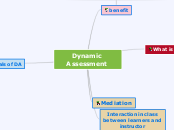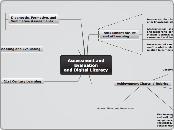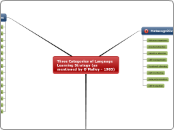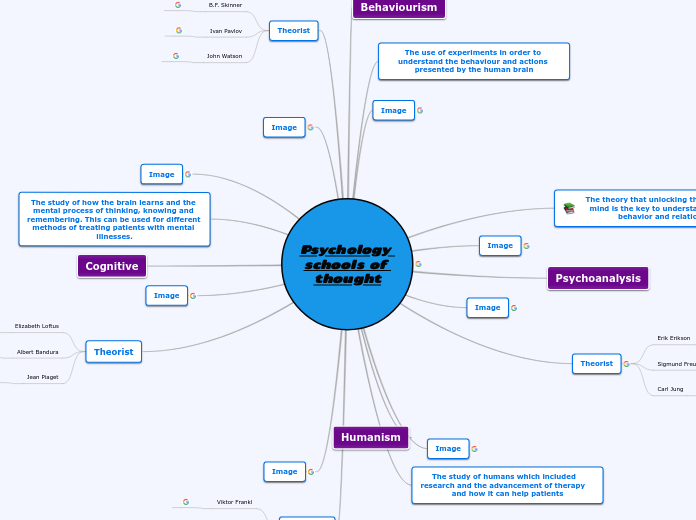jonka Paopimon Wannakriree 8 vuotta sitten
287
Dynamic Assessment
Dynamic assessment focuses on evaluating a child's learning potential by understanding their cognitive functions and the impact of teaching. It aims to identify the level of investment needed to teach specific rules or principles and pinpoints the cognitive deficiencies and non-intellective factors that contribute to performance issues.









